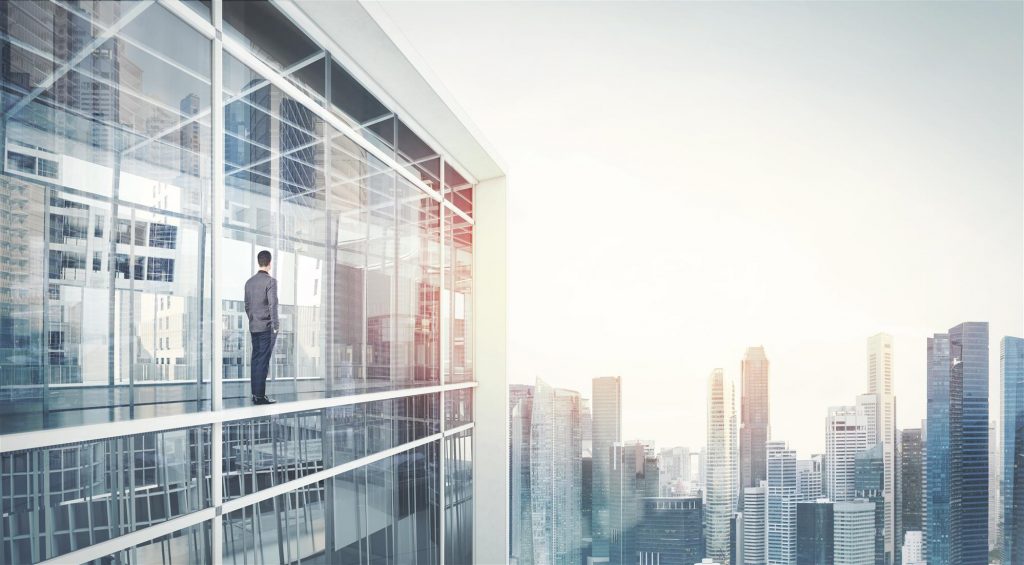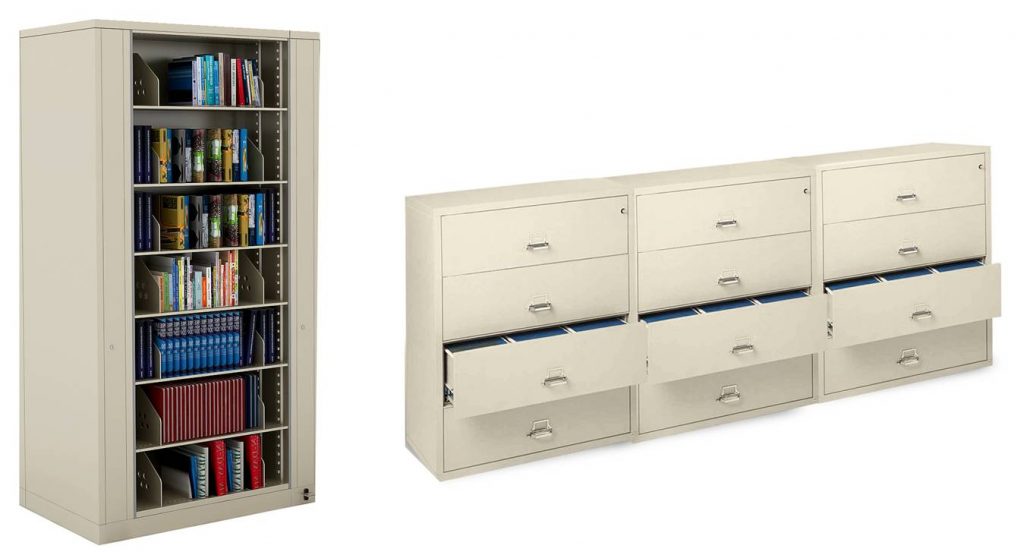
These days, space is an increasingly scarce resource. That’s particularly true in the business world, but also in a wide range of industries that are pressed for leg room. In the past few decades, offices have both downsized and restructured. Gone or going fast are the days of huge floor plans dotted with separate offices and covered with fenced-off cubicles. Welcome instead to the era of benching, communal workstations and smaller office spaces.
In order to adapt to this brave new world, employers are thinking more creatively, devising interesting space-saving strategies like innovative high density storage units. In the new world of reduced square footage, compact furniture and state-of-the-art solutions are in high demand.
The Cost of Doing Business – Hard Times Call for Fresh Ideas
For many employers, downsizing has been involuntary – the unintended consequence of global competition and economic recession. In order to deal with the harsh realities of today’s marketplace, they’ve been forced to reduce their overhead costs.
Since real estate tends to top the list of business expenses, second only to personnel expenses in many estimations, the need to cut back on square footage has been a top priority, contributing to the ever-growing popularity of open layouts and common areas.

In fact, an informal survey by online site Priceonomics revealed that tech startups paid approximately $6,100 on rent every month, and that’s for companies with an average of only 10 employees (although located primarily in the high-rent area of San Francisco). A more comprehensive and scientific survey conducted by TheSquareFoot, a commercial real estate platform, revealed the following average costs per square feet in the nation’s largest cities:
- New York: $74.002
- San Francisco: $65.16
- Washington, D.C.: $52.16
- Chicago: $35.00
- Los Angeles: $33.51
- Miami: $33.15
- Seattle: $32.10
- Boston: $30.40
- Dallas: $23.09
Those numbers would make any smart businessperson rethink their space requirements—and it has. According to Reis, a company that provides real-estate research data, businesses across the country have pared down their physical territory with incredible speed, relinquishing more than 130 million square feet since the recession started in 2008.
The Evolution of the Modern Office

There is another reason for the dwindling size of workplaces: the increasing shift toward a digital workforce. Nowadays, with information technology being what it is, many employees expect to work remotely at least part of the time, rather than remain irrevocably tethered to an office desk or even to an inflexible, nine-to-five schedule.
Of course, the modern tech realignment has by no means negated the need for brick-and-mortar facilities. It simply alters their function. By employing a higher percentage of remote workers, business owners and managers reduce the office-bound staff down to a core group of employees who are more tight-knit than ever.
In many modern companies, those dedicated workers tend to sit at communal benches rather than in discrete cubicles or offices. When employees sacrifice their time, and sometimes their mental well-being, to make what is often a long and arduous commute into the office, they want to take full advantage of the benefits of collaboration. That puts pressure on employers to design their physical workspace in a way that enhances communication and interpersonal engagement. Think fewer walls, doors or cubical screens—more open spaces and shared desks.

The Storage Problem
The increased popularity of benching is great for boosting collaboration, but it brings with it some unique challenges. For one, such collaborative arrangements force office planners to look for alternative storage units. With so many employees working in such close quarters—typically in large, open floorplans that feature long drawer-less benches—there is a greater need than ever for a new generation of personal storage units and filing cabinets. Employees still have backpacks, coats, purses, and lunch bags to store near to their work area.
Of course, not every business relies on an army of mobile workers, and not every company has moved all of its data to the cloud. More often than not, however, storage presents an even bigger challenge for businesses in such trend-resistance industries.
Many corporations maintain working departmental files, company brochures, annual reports, and fulfillment forms. Everyday office supplies, toner cartridges, stationery, and envelopes are kept by most commercial companies and manufacturers in addition to coffee break supplies and conference room material.

Although the ideal office setup naturally varies between industry, company and employer, there are solutions that meet all of their needs. That’s because they all face one pressing question: what to do with those critical folders, documents, images, and objects that can’t be, or shouldn’t be, digitally scanned and stored in the cloud?
Reach for the Sky – Less Space Equals More Ingenuity

There’s a solid rule of thumb that governs architectural and interior design: when space is at a premium, build upward rather than outward. It’s a dictum that has served the real estate industry well for centuries in places like Manhattan and Hong Kong. Why can’t it benefit the modern, space-conscious office planner as well?
The truth is that it does. The principle of reaching for the sky helps employers and office planners alike make the most of limited square footage. In place of traditional storage units that are designed laterally and take up a great deal of floor space, many businesses are now using taller but more compact storage units that maximize space efficiency for any office environment in any industry. After all, businesses pay for their real estate by square footage, not cubic footage. While floor space may be at a premium, wall-to-ceiling space is in plentiful supply.
The Modern Storage Alternative: Times-2™ Rotary Cabinets

As the workspace has evolved, so has office equipment. Where once filing cabinets represented the modern office in all of its organizational efficiency, today there are better, more space-conscious alternatives.
Times-2™ rotary cabinets, for example, offer far more shelves and storage per unit of space. While the average lateral filing cabinet can boast only four to five drawer heights, the average Times-2™ cabinet reaches to seven or eight levels.
In fact, the storage capacity of a Times-2™ cabinet with seven tiers exceeds the storage capacity of 3 standard 4-drawer lateral cabinets. More height equals more storage space per square foot—and that equals more room for collaborative benches, communal workspaces and growing inventories.

Employing a special rotating system, Times-2™ cabinets come with twice the depth as customary lateral filing cabinets. They’re also far more versatile—available in 10 different heights, from the two-tier to the eight-tier, and two different widths. That means that important documents, electronics and personal items will always have a discreet and lockable home as long as such compact storage devices are around.
AURORA STORAGE® – THE LEADER IN INNOVATIVE SPACE SOLUTIONS
For over 60 years, Aurora Storage has been a leader in innovative space solutions, providing premier storage and shelving to the nation’s schools, hospitals, libraries, law offices, businesses, and government agencies. Although rich in history, we’re constantly looking forward to the future. As the world of business evolves, so do we. Our state-of-the-art storage and shelving units are built for the modern, space-conscious office planner.
To this day, we continue to carry a wide variety of products designed for a diverse set of industries. From our Times-2™ cabinet, the original patented rotary system, to high-density mobile storage and shelving units, each of our products is carefully designed for maximum space efficiency and ultimate durability.
Aurora Storage is also committed to protecting our planet’s precious resources, which is why we construct our cabinets and bookshelves out of environmentally friendly materials, such as recycled steel finished with safe, non-emissive power coating.
Contact us to learn more about our high quality and innovative storage options.
